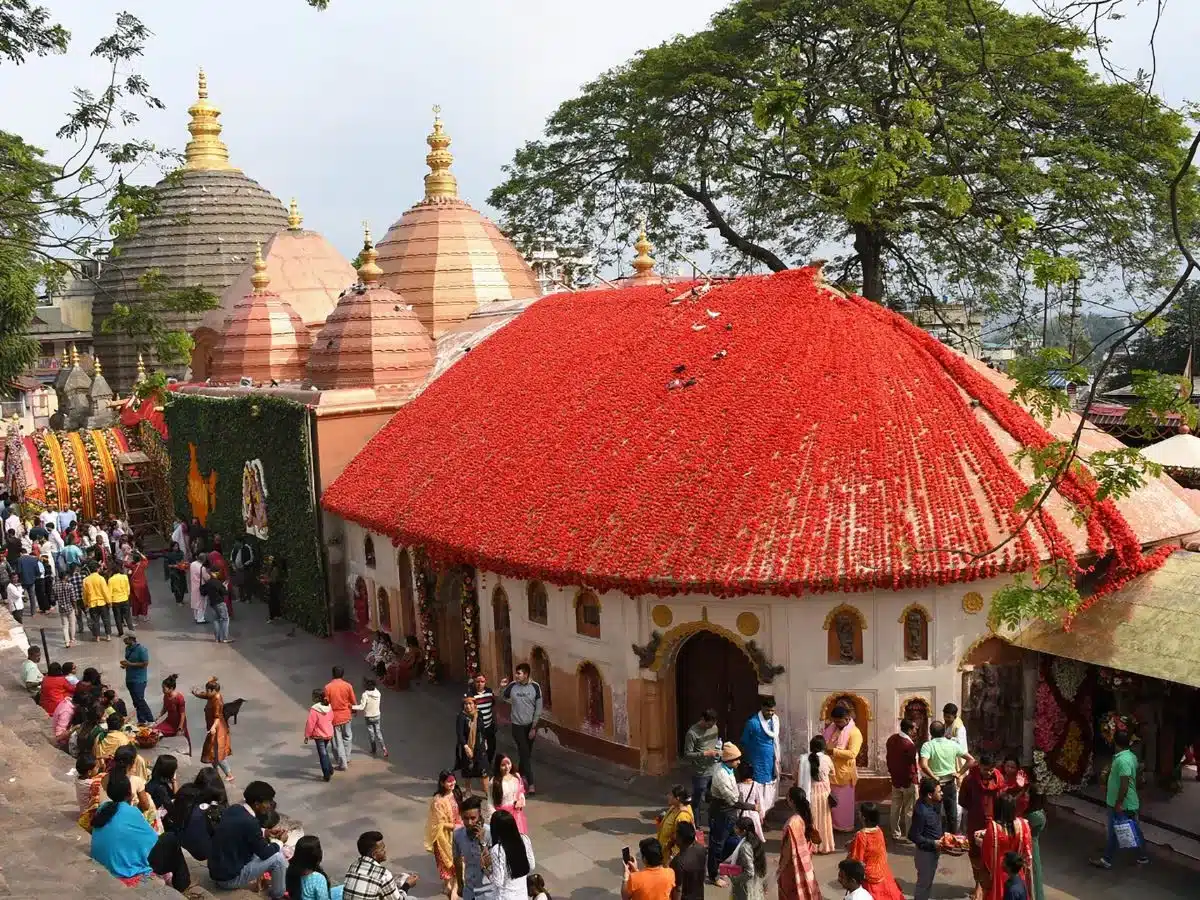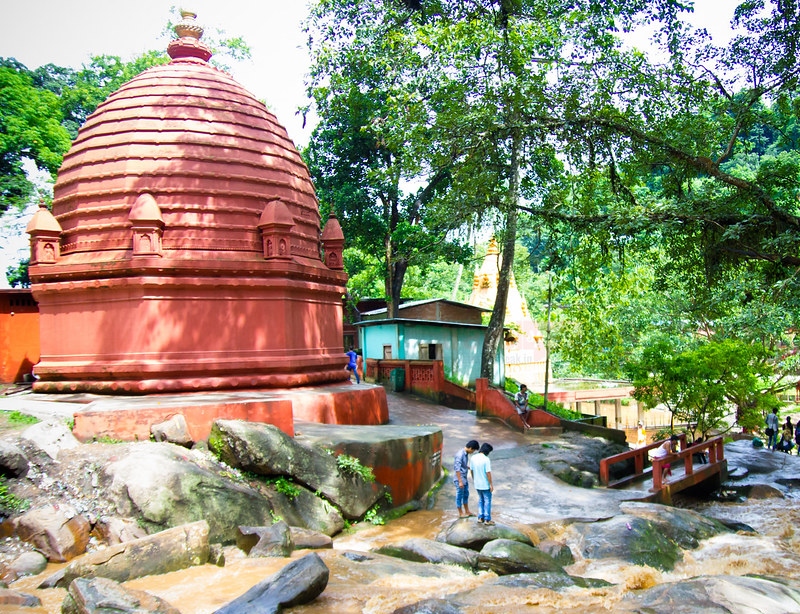Discover the Natural Splendor of Pabitora Wildlife Sanctuary
Nestled in the enchanting state of Assam, Pabitora Wildlife Sanctuary is a hidden gem that promises an unforgettable experience for nature enthusiasts and wildlife lovers. Located just 48 kilometers from the bustling city of Guwahati, this sanctuary offers a perfect blend of scenic beauty, rich biodiversity, and thrilling wildlife encounters. Let's explore what makes Pabitora Wildlife Sanctuary a must-visit destination for anyone looking to delve into the natural wonders of Assam.
A Sanctuary with a Rich Legacy
Pabitora Wildlife Sanctuary, often referred to as the 'Bharatpur of the East,' is renowned for its remarkable population of Indian one-horned rhinoceroses. Spanning an area of approximately 38.8 square kilometers, this sanctuary boasts one of the highest densities of rhinoceroses in the world. Established in 1971, Pabitora has been a significant contributor to the conservation of this endangered species, offering a safe haven for them to thrive.

Flora and Fauna: A Biodiversity Hotspot
Pabitora is not just about rhinoceroses; it is a treasure trove of biodiversity. The sanctuary is characterized by its lush greenery, featuring tall elephant grass, marshes, and wetlands. These diverse habitats support an array of wildlife, making Pabitora a hotspot for biodiversity.
Mammals
Apart from the iconic one-horned rhinoceros, Pabitora is home to a variety of mammals, including:
- Leopards: These elusive big cats are occasionally spotted in the sanctuary, adding an element of excitement for wildlife enthusiasts.
- Wild Boars: Often seen foraging in the grasslands, these creatures contribute to the dynamic ecosystem of the sanctuary.
- Asiatic Water Buffaloes: These large herbivores are a common sight, often seen grazing in the wetlands.
- Wild Pigs and Hog Deer: These smaller mammals add to the diversity of the sanctuary's wildlife.
Birds
Birdwatchers will find Pabitora a paradise, as it hosts over 200 species of birds. The sanctuary's wetlands attract numerous migratory birds, making it a significant birding destination in Assam. Some notable avian residents include:
- Spot-Billed Pelicans
- Grey Herons
- Open-Billed Storks
- Crested Serpent Eagles
- Pied Harriers

Reptiles and Amphibians
The sanctuary's wetlands are also home to various reptiles and amphibians, including:
- Indian Rock Pythons
- King Cobras
- Water Monitors
- Assamese Skittering Frogs
Activities and Experiences
Pabitora Wildlife Sanctuary offers a range of activities that allow visitors to immerse themselves in the natural beauty and wildlife of the region.
Jeep Safari
A jeep safari is one of the best ways to explore the sanctuary. It provides an opportunity to venture deep into the grasslands and wetlands, offering a close-up view of the rhinoceroses and other wildlife. The safaris are usually conducted in the early morning and late afternoon, which are the best times for wildlife sightings.

Elephant Safari
For a more traditional and exhilarating experience, visitors can opt for an elephant safari. Riding on the back of an elephant, you can traverse through the dense vegetation and get remarkably close to the wildlife, making for a memorable adventure.

Bird Watching
Pabitora is a haven for birdwatchers. The sanctuary's diverse habitats attract a plethora of bird species, making it an ideal spot for birdwatching. Bring along your binoculars and a bird guidebook to make the most of this experience.

Nature Walks and Photography
For those who prefer a more leisurely pace, guided nature walks are available. These walks allow visitors to explore the sanctuary's flora and fauna up close, providing excellent opportunities for photography. Capture the stunning landscapes, vibrant birdlife, and majestic rhinoceroses in their natural habitat.
Best Time to Visit
The best time to visit Pabitora Wildlife Sanctuary is between November and April. During this period, the weather is pleasant, and the sanctuary is teeming with wildlife. The winter months also bring in numerous migratory birds, making it an ideal time for birdwatching.
How to Get There
Pabitora Wildlife Sanctuary is easily accessible from Guwahati, the gateway to Assam. Here are the different modes of transportation to reach the sanctuary:
- By Road: Pabitora is well-connected by road from Guwahati. You can hire a taxi or take a bus to reach the sanctuary. The journey takes around 1.5 to 2 hours.
- By Air: The nearest airport is Lokpriya Gopinath Bordoloi International Airport in Guwahati. From the airport, you can hire a taxi to reach Pabitora.
- By Rail: The nearest railway station is Guwahati Railway Station. From there, you can hire a taxi or take a bus to the sanctuary.
Accommodation
While Pabitora itself has limited accommodation options, there are several hotels and resorts in Guwahati that offer comfortable stays. Some visitors also prefer staying in eco-resorts and lodges near the sanctuary for a more immersive experience.
Conservation Efforts
Pabitora Wildlife Sanctuary plays a crucial role in the conservation of the Indian one-horned rhinoceros. The Assam Forest Department, along with various non-governmental organizations, has implemented several initiatives to protect and preserve the sanctuary's biodiversity. Anti-poaching measures, habitat restoration, and community engagement programs have been instrumental in the success of these conservation efforts.
FAQs on POBITORA WILDLIFE SANCTUARY
Conclusion
Pabitora Wildlife Sanctuary is a testament to Assam's rich natural heritage and its commitment to wildlife conservation. Whether you're an avid wildlife enthusiast, a passionate birdwatcher, or simply someone looking to escape the hustle and bustle of city life, Pabitora offers an idyllic retreat into nature. Plan your visit to this incredible sanctuary and witness the awe-inspiring beauty of Assam's wilderness.
Embark on a journey to Pabitora Wildlife Sanctuary and create memories that will last a lifetime. Explore the wild, embrace the serenity, and experience the magic of Assam's natural wonders.














